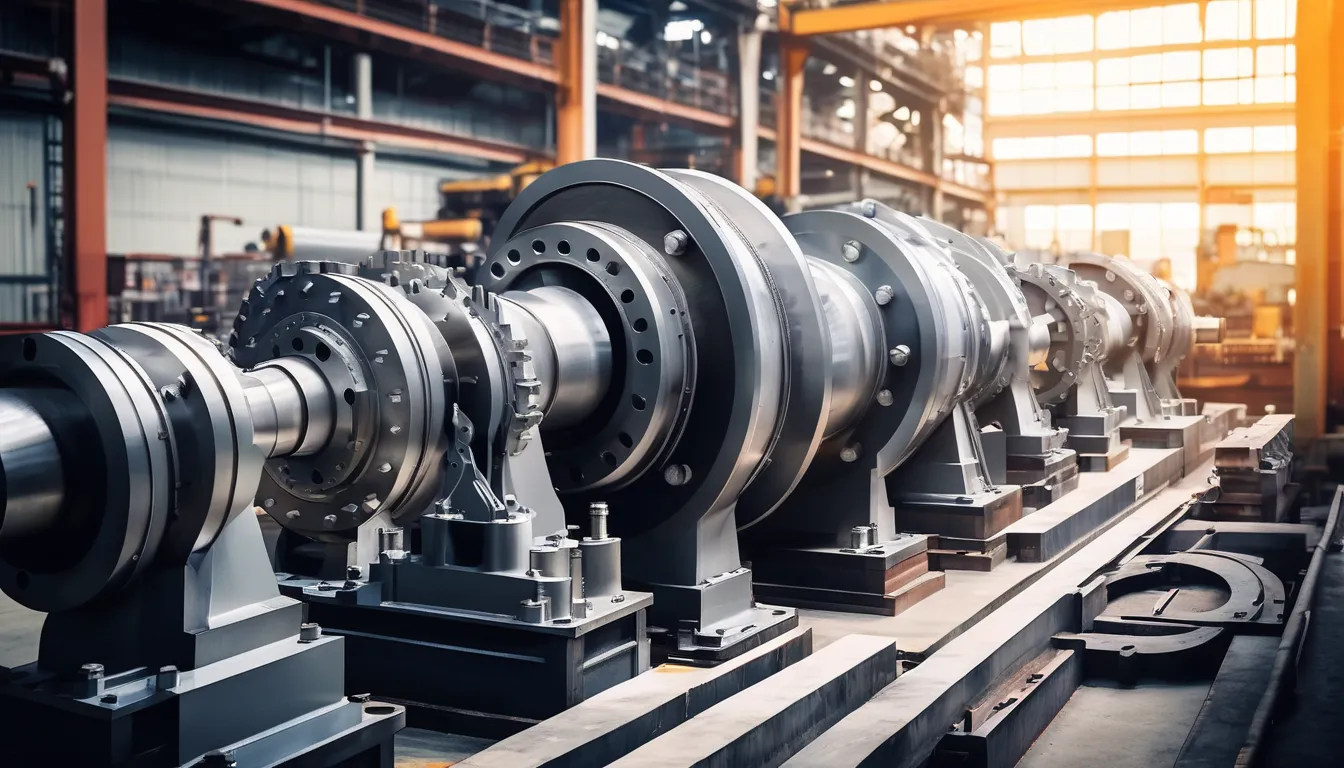When you’re working with helical gearboxes, understanding their load capacity is key to ensuring they perform reliably and last longer. You’ve probably noticed that factors like gear material, size, and lubrication can significantly affect this capacity. If you don’t consider these elements, you might face unexpected failures or increased maintenance costs. So, how do you accurately assess load capacity to make informed decisions? Let’s explore the critical aspects that can help you optimize your operations.
Importance of Load Capacity
When it comes to helical gearboxes, understanding load capacity is crucial for ensuring optimal performance and longevity. Load capacity refers to the maximum load a gearbox can handle without experiencing failure or excessive wear. If you push the limits, you could face significant problems, such as overheating, increased friction, and even catastrophic failure.
Knowing the load capacity allows you to select the right gearbox for your application, ensuring it can handle the demands placed on it. It also helps you avoid unnecessary downtime and maintenance costs. By adhering to the specified load capacity, you enhance the efficiency of your machinery and improve its lifespan.
Moreover, understanding load capacity aids in system design. You can plan for safety factors and ensure your system operates within safe limits. This knowledge also supports better decision-making when it comes to upgrades or replacements, as you can assess whether a new gearbox meets your needs.
Ultimately, grasping the importance of load capacity enables you to optimize performance, reduce risks, and save on costs, making it a vital aspect of working with helical gearboxes.
Factors Affecting Load Capacity
Several factors come into play that can significantly affect the load capacity of helical gearboxes. Understanding these factors helps you make informed decisions when selecting or designing gearboxes for your applications.
Here are four key elements to consider:
- Gear Material: The type of material used affects strength and durability. High-quality materials can withstand greater loads.
- Gear Size: Larger gears typically have a higher load capacity due to increased surface area for load distribution, minimizing stress.
- Tooth Design: The shape and profile of the gear teeth influence how effectively they transfer loads. Optimized tooth design can enhance load handling.
- Lubrication: Proper lubrication reduces friction and wear, extending the gearbox’s life and improving its load capacity. Insufficient lubrication can lead to overheating and failure.
Load Capacity Calculation Methods
Calculating load capacity in helical gearboxes involves several critical methods that ensure optimal performance and reliability in applications.
One common method is the use of the Lewis formula, which helps you determine the bending stress on the gear teeth. This approach takes into account the gear geometry, material properties, and load conditions. By applying the Lewis equation, you can evaluate if the gear can withstand the expected loads without failure.
Another method is the use of the AGMA standards, which provide guidelines for calculating load capacity based on various factors, including gear size, material, and surface finish. These standards ensure consistency and reliability in your calculations.
You might also consider using Finite Element Analysis (FEA), which allows for a more detailed simulation of the gear’s performance under various load scenarios. This method can help identify potential weak points and optimize the design before manufacturing.
Lastly, always remember to factor in service conditions like temperature and lubrication, as they can significantly impact load capacity.
Common Applications of Helical Gearboxes
What industries rely on helical gearboxes for their efficiency and reliability? You’ll find helical gearboxes in various sectors, thanks to their smooth operation and ability to handle high loads.
These gearboxes are essential for optimizing performance in multiple applications. Here are four common industries where you can see them in action:
- Manufacturing: They’re used in conveyor systems and production lines, ensuring seamless and efficient material handling.
- Automotive: Helical gearboxes play a crucial role in electric and hybrid vehicles, enhancing torque and speed management.
- Aerospace: In this high-stakes industry, they help with precision in control systems and landing gear mechanisms.
- Mining and Construction: These gearboxes are vital in heavy machinery, providing the necessary power and durability for tough terrains.
In each of these industries, you can count on helical gearboxes to deliver reliability and reduce wear and tear.
Their ability to produce less noise and vibration also makes them an excellent choice for applications where smooth operation is a must.
Understanding these common applications will help you appreciate the versatility and importance of helical Helical Gearbox es in modern machinery.
Maintenance Tips for Longevity
Regular maintenance is crucial for ensuring the longevity of helical gearboxes. To start, check the lubrication levels regularly. Using the right lubricant not only reduces wear but also prevents overheating. Make it a habit to inspect oil filters and replace them as needed to ensure optimal performance.
Next, pay attention to the alignment of the gearbox with other components. Misalignment can lead to excessive wear and tear. Regularly check for any vibrations or unusual noises during operation, as these can indicate underlying issues that need addressing.
Don’t forget to clean the gearbox and surrounding areas. Dust and debris can accumulate, leading to overheating. A clean environment helps maintain efficiency and prolongs the life of your gearbox.
Lastly, schedule periodic professional inspections. Experts can identify problems that might go unnoticed and provide solutions.
Conclusion
In conclusion, understanding load capacity in helical gearboxes is essential for your equipment’s performance and durability. By considering factors like gear material, size, and lubrication, you can choose the right gearbox for your needs. Remember to regularly assess and maintain your gearboxes to keep them running smoothly and efficiently. By doing so, you’ll reduce downtime and costs, ensuring your machinery operates at its best for years to come. Prioritizing load capacity truly pays off!

